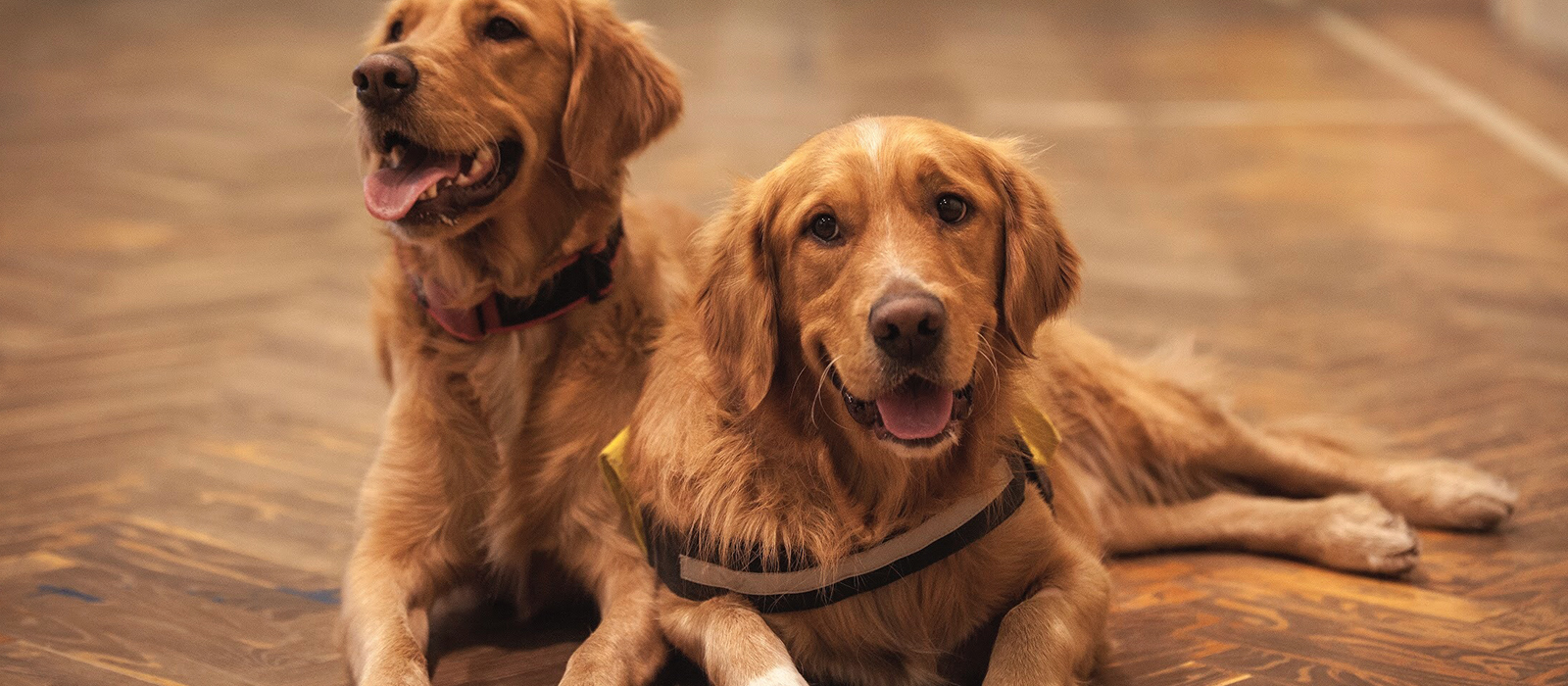
Several weeks ago, we talked about tips for moving with kids; today, we’re gonna talk about tips for moving with pets. Just like kids, each pet is different, and you’ll have to sort through exactly what is best for your pets. Logistically, we can’t cover every scenario - all kinds of pets, moves across town, out of state, and internationally, traveling by car or plane, etc. - but we want to help you get started with some basic ideas for helping the transition go as smoothly as possible.
What you can do to prepare your pet for the move:
- Stay calm. Easier said than done, of course. As any pet-owner knows, though, your animal buddies (except fish, maybe) totally pick up on your stress levels. Finding healthy ways to manage and release your anxiety in the weeks leading up to the move is going to help your pets stay healthy and happy during the transition.
- Preserve some “normal” space for them. Their whole territory is getting torn apart, so try to keep a room or space “normal” for them for as long as possible. Maybe that’s a bedroom that has their stuff in it, or maybe it’s the laundry room or a bathroom that you don’t pack until the last minute. It’s helpful to have a space that you can put them in and close the door, so that they can get some respite from the extras noises and chaos and coming-and-going of moving prep.
- Travel training. If you are going to need to transport your pet in a crate or carrier and they are not used to that kind of space, help them adjust it ahead of time. In the weeks before you move, get them used to going in and out of the carrier. You can use treats to help with the training process, and you might even experiment with having them spend the night in the crate. If your pet is not used to riding in the car, try taking them out with you one short errands a couple of times before moving day, so they can adjust to the feeling of being in a moving vehicle.
- Pack an “overnight bag” for them. Prepare a bag or box with some of their favorite toys or equipment in it, as well as food, food and water dishes, bedding, etc., so that when you arrive at your new home, you can set them up in a new room with comforting and familiar objects.
- Talk to your vet. If you’re moving out of state, make sure you have enough prescription meds and up-to-date records on hand. Ask your vet for recommendations or referrals for a vet close to your new location. You can also discuss whether sedation would possibly be a good option for your pet: this can be considered on a case by case basis, if your animals are skittish.
What you can do on moving day:
This can sometimes be the trickiest part.
- Minimize the chaos around them. If it’s possible for a friend, neighbor, or family member to keep your pet for you while you load the truck and close down the house, that’s often the simplest solution for protecting your pet from anxiety on the day of the move. (It also eliminates the risk of them slipping out the door and running away!) If you can’t find another safe location for them during this part of the process, try keeping them in a closed room where they can be as undisturbed as possible.
- Don’t feed them right before travel time. Decrease the likelihood of traveling discomfort for them by minimizing the amount of food or water they have for a couple of hours prior to departure. Animals can get motion-sick too, especially when they feel stressed.
- Secure their carrier. Whether you buckle it into the front seat or find ways to brace it in the back seat, make sure that your pet’s crate or cage is not going to shift or slide during transit. Some animals will be comforted by being in a location where they can see you; others might travel more calmly with a towel or blanket draped over their carrier.
- Take water with you. Since a change in water could cause an upset stomach, make sure you take enough water with you to meet their needs while you are in transit.
What you can do to help them settle in:
- Introduce them to the new space. In general, cats adjust more slowly to new surroundings, so you might want to limit them to one room for the first couple of days. Let them adapt gradually to the whole house. Dogs, on the other hand, tend to like to be shown around the new home. You might want to keep them on a leash as you lead them around and let them explore the new smells and sounds. Birds and other pets have their own styles of adjusting.
- Pay attention to their cues. Some animals are going to want space and are going to spend a fair amount of time hiding at first. Some are going to need extra love and and attention. Either way is OK. You’re in transition; so is your pet.
- Update their tags! Make this a priority. Even if your pet is extremely well-behaved, the move might provoke some out of character behavior in them. Make sure that their ID is updated with your new address and contact info, so you can be notified if they somehow escape and get lost.
Your pets are an important part of your life and family! We want to help you help them through the ups and downs of the moving process.

